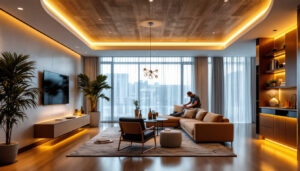
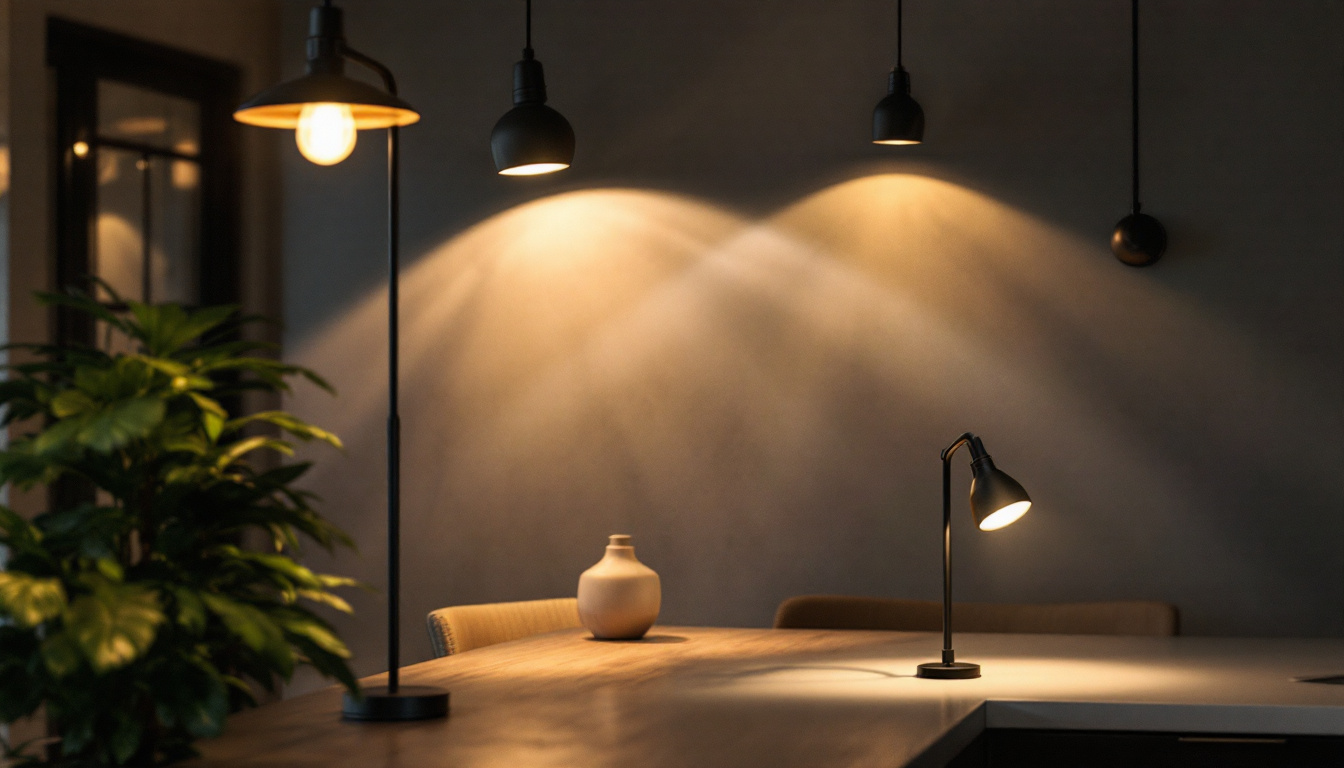
Lighting plays a crucial role in enhancing the aesthetics and functionality of outdoor spaces. For lighting contractors, understanding the best practices for post light fixtures is essential to ensure that installations not only meet client expectations but also adhere to safety and efficiency standards. This article delves into the best practices for post light fixtures, offering insights and guidelines that can help lighting contractors excel in their projects.
Post light fixtures are outdoor lighting solutions mounted on poles or posts, designed to illuminate pathways, gardens, driveways, and other outdoor areas. They come in various styles, sizes, and materials, making them versatile for different applications. The primary purpose of these fixtures is to provide safety and visibility while enhancing the outdoor ambiance.
When selecting post light fixtures, contractors must consider factors such as the intended use, the surrounding environment, and the overall design aesthetic. The right choice can elevate a space, while poor selections can lead to inadequate lighting and dissatisfaction. Additionally, the placement of these fixtures plays a crucial role in their effectiveness. Strategically positioning them can create a welcoming atmosphere and ensure that all areas are well-lit, deterring potential hazards and enhancing security.
Post light fixtures can be categorized into several types, each serving distinct purposes. Some common types include:
In addition to these common types, there are also decorative post lights that can serve as focal points in landscaping. These fixtures often incorporate artistic designs or unique shapes, allowing them to blend seamlessly with garden features or architectural elements. Furthermore, smart post lights are emerging in the market, equipped with smart technology that allows users to control lighting through mobile apps or voice commands, providing an added layer of convenience and modernity to outdoor spaces.
Moreover, the choice of light bulb can significantly impact the overall performance and aesthetic of post light fixtures. Options range from incandescent bulbs, which emit a warm glow but consume more energy, to compact fluorescent lamps (CFLs) and LEDs, which offer energy savings and longer lifespans. Selecting the right bulb not only affects the brightness and color of the light but also influences the fixture’s energy efficiency and maintenance needs, making it an important consideration for homeowners and contractors alike.
Proper installation is paramount for ensuring the longevity and effectiveness of post light fixtures. Lighting contractors should adhere to specific best practices to achieve optimal results.
Before installation, a thorough site assessment is crucial. This involves evaluating the area where the post lights will be installed, considering factors such as:
By understanding the site conditions, contractors can determine the appropriate height, placement, and type of fixture needed for effective illumination.
Determining the correct height and spacing of post light fixtures is vital for achieving uniform lighting. Generally, post lights should be installed between 8 to 14 feet high, depending on the application and desired light spread. For pathways, a lower height may be more suitable, while larger areas may require taller fixtures for wider coverage.
Spacing is equally important. A common guideline is to space post lights about 10 to 15 feet apart for adequate illumination without creating dark spots. However, this can vary based on the fixture’s lumen output and the specific lighting goals.
Electrical safety and efficiency are paramount when installing post light fixtures. Contractors must follow local electrical codes and regulations to ensure compliance and safety.
Using the correct gauge wire is essential for preventing voltage drop and ensuring that fixtures operate efficiently. For most outdoor lighting applications, a 12 or 14-gauge wire is recommended. Contractors should also consider using weather-resistant wiring to withstand outdoor conditions.
Additionally, it is important to plan the wiring layout carefully. This includes determining the best route for the wires, avoiding sharp bends, and ensuring that all connections are secure and protected from moisture.
Grounding is a critical aspect of electrical installations. Proper grounding helps prevent electrical shocks and equipment damage. Contractors should ensure that all fixtures are grounded according to local codes, using grounding rods or other methods as necessary.
Moreover, installing GFCI (Ground Fault Circuit Interrupter) outlets is advisable for outdoor lighting systems. These devices cut off power in case of electrical faults, enhancing safety for users and protecting the fixtures from damage.
Post light fixtures should be cleaned regularly to remove dirt, dust, and debris that can obstruct light output. Depending on the environment, this may involve simple dusting or more thorough cleaning with appropriate solutions.
Additionally, periodic inspections are crucial. Contractors should recommend checking for signs of wear, corrosion, or damage to the fixtures and wiring. Early detection of issues can prevent costly repairs and ensure continued safety and functionality.
For fixtures using traditional bulbs, contractors should advise clients on the importance of timely bulb replacement. LED fixtures, while more durable, may still require periodic checks to ensure optimal performance.
As technology advances, upgrading to newer, more efficient lighting options can provide significant benefits. Contractors should stay informed about the latest products and technologies to offer clients the best solutions for their needs.
Design plays a significant role in the effectiveness of post light fixtures. Lighting contractors should consider aesthetic elements alongside functionality to create harmonious outdoor spaces.
The style of post light fixtures should complement the overall design of the outdoor space. Options range from traditional lanterns to sleek, modern designs. Contractors should work closely with clients to understand their vision and recommend fixtures that align with their preferences.
Moreover, color temperature is an important aspect of lighting design. Warmer tones (2700K to 3000K) create a cozy atmosphere, while cooler tones (4000K to 5000K) provide a more modern, vibrant feel. The choice of color temperature can significantly influence the ambiance of the space.
Post light fixtures should be integrated into the landscaping design to enhance the overall aesthetic. This can involve strategic placement among plants, pathways, and architectural features to create a cohesive look.
Contractors should also consider the use of accent lighting to highlight specific landscape elements, such as trees, sculptures, or water features. This not only adds visual interest but also enhances safety by illuminating potential hazards.
As sustainability becomes increasingly important, lighting contractors should prioritize energy-efficient solutions in their projects. This not only benefits the environment but can also lead to cost savings for clients.
LED lighting has revolutionized the outdoor lighting industry due to its energy efficiency and longevity. Compared to traditional incandescent bulbs, LED fixtures consume significantly less energy and have a much longer lifespan, reducing the frequency of replacements.
Contractors should advocate for LED solutions in their projects, emphasizing the long-term benefits and potential energy savings for clients. Additionally, many LED fixtures now come with smart technology options, allowing for enhanced control and customization of lighting settings.
Solar-powered post light fixtures offer a sustainable alternative for outdoor lighting. These fixtures harness solar energy during the day and use it to power the lights at night, eliminating electricity costs and reducing carbon footprints.
While solar-powered lights may have limitations in terms of brightness and performance compared to wired fixtures, advancements in technology are continually improving their efficiency. Contractors should assess the suitability of solar options based on the specific project requirements and location.
Post light fixtures are an essential component of outdoor lighting, providing safety, functionality, and aesthetic appeal. For lighting contractors, understanding best practices in installation, maintenance, and design is crucial for delivering high-quality results that meet client expectations.
By adhering to the guidelines outlined in this article, contractors can enhance their expertise and ensure successful post light fixture installations. Emphasizing energy efficiency and sustainability will not only benefit clients but also contribute to a more environmentally conscious approach in the lighting industry.
Ultimately, the goal is to create beautifully illuminated outdoor spaces that enhance safety and enjoyment, making post light fixtures a valuable investment for any property.
Ready to elevate your lighting projects with the best in class post light fixtures? At LumenWholesale, we provide lighting contractors with high-quality, spec-grade lighting solutions at unbeatable wholesale prices. Say goodbye to local distributor markups and hello to superior products that meet the highest industry standards. With our hassle-free bulk buying and free shipping, you can ensure every outdoor space shines brilliantly without breaking the bank. Discover the perfect blend of quality, affordability, and convenience. Visit LumenWholesale now for Wholesale Lighting at the Best Value, and make your next installation a shining success.
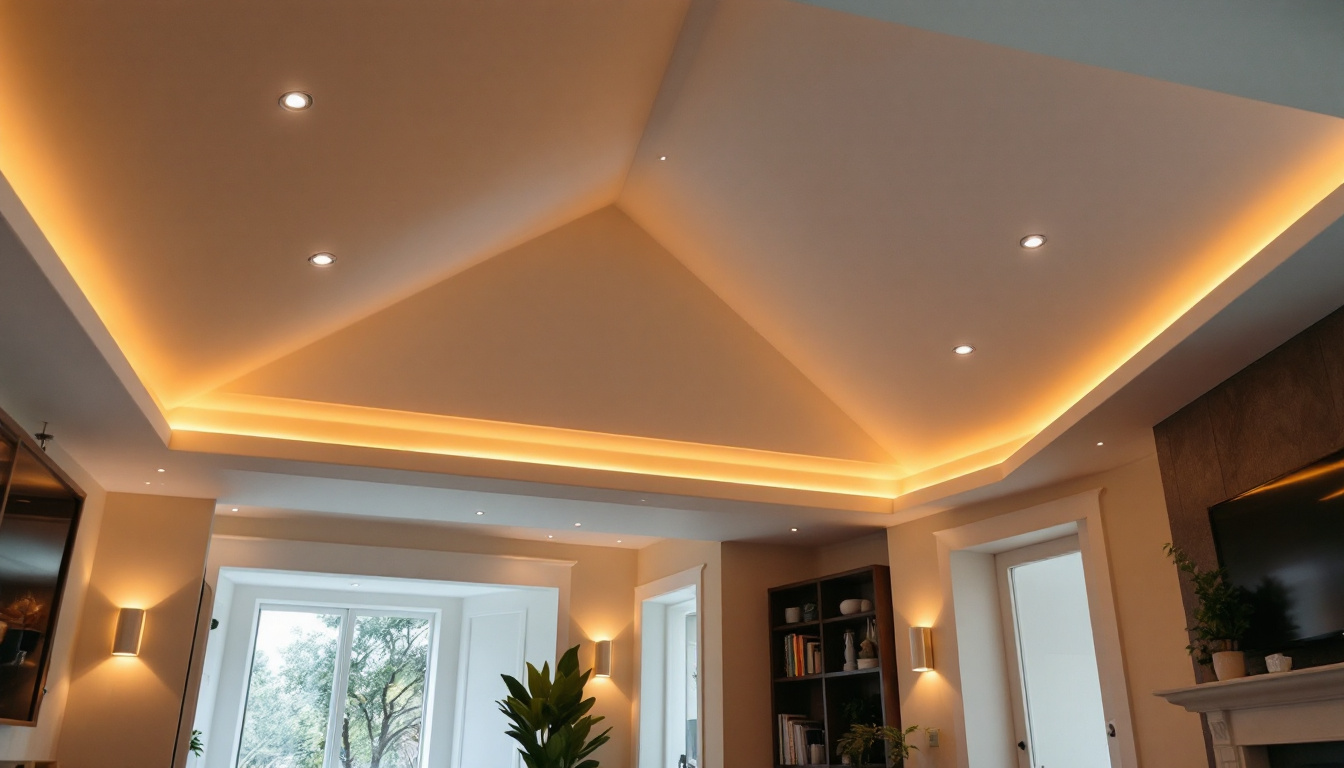
Discover how recessed can lights can transform vaulted ceilings and boost your lighting business.
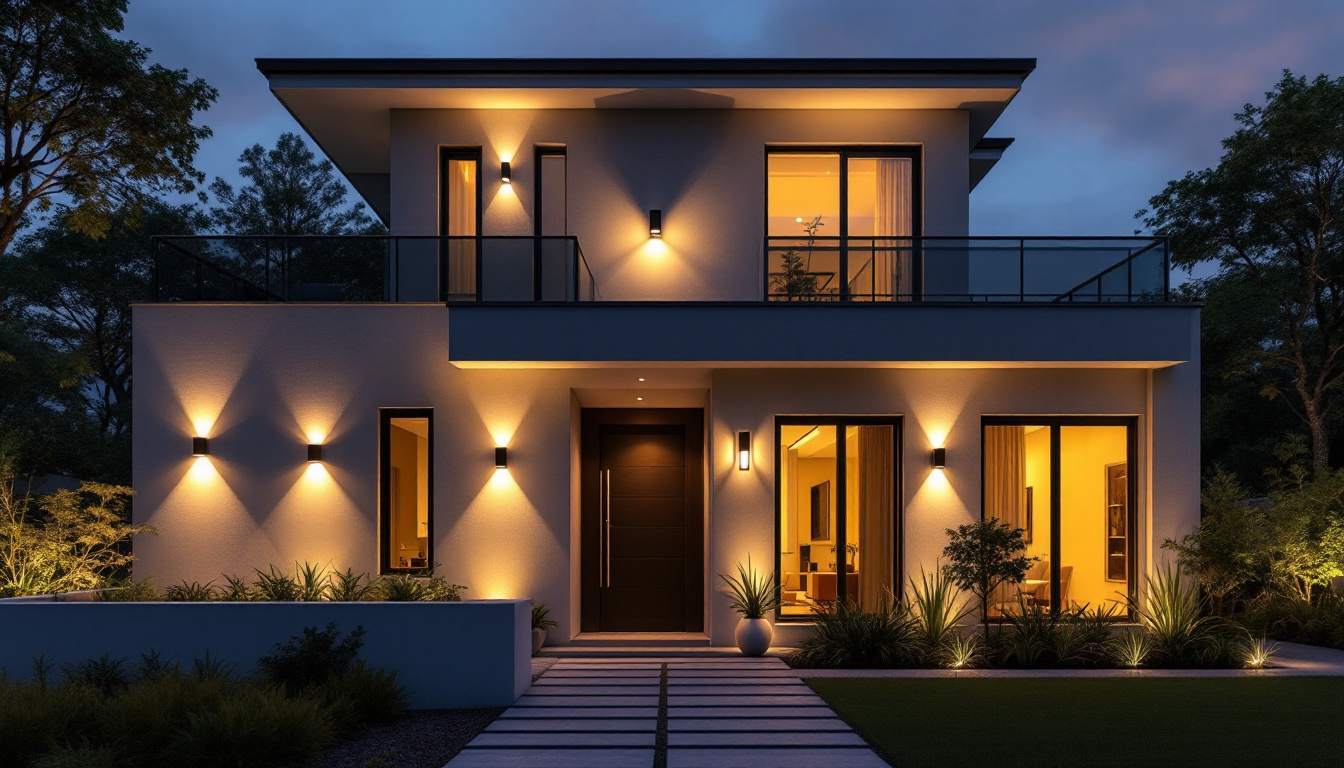
Discover the latest trends in external wall lighting that every contractor should know.
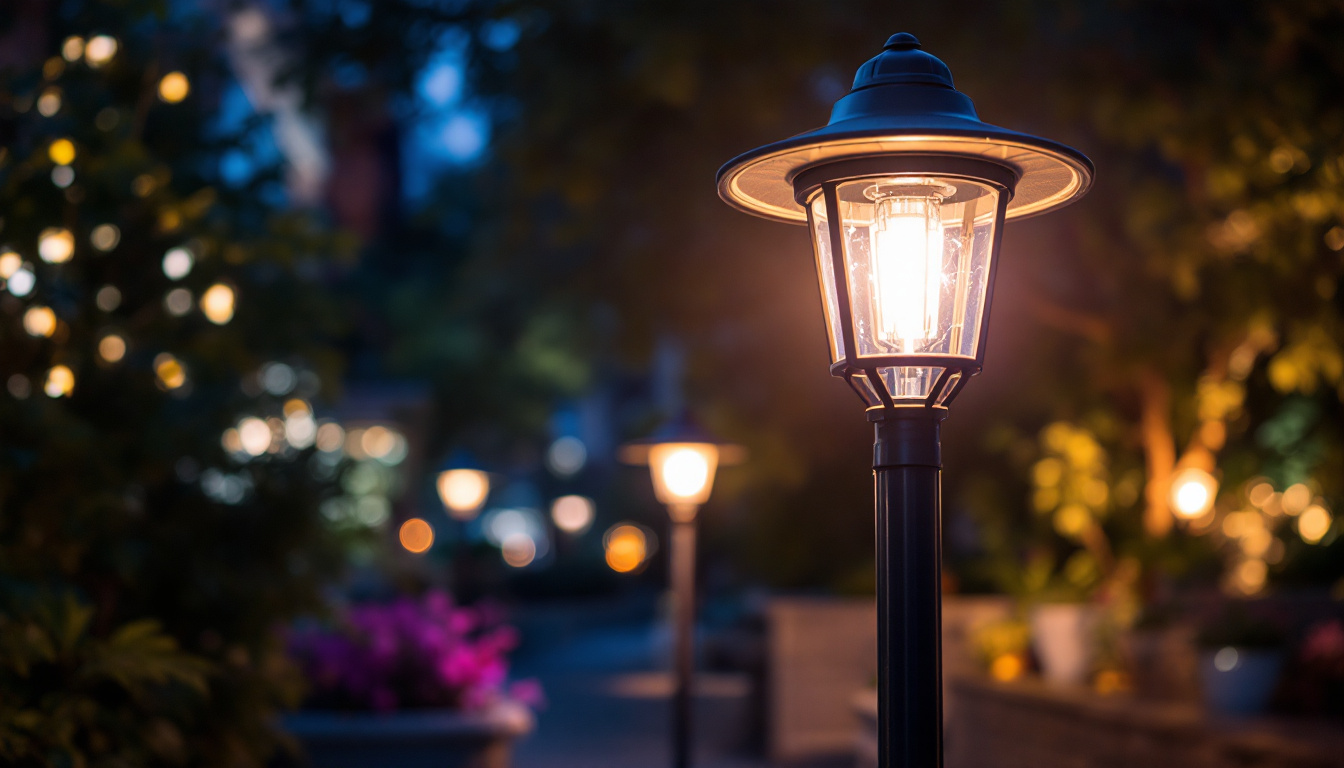
Discover how outdoor pole lights can transform your business strategy and help you secure more lighting contracts.
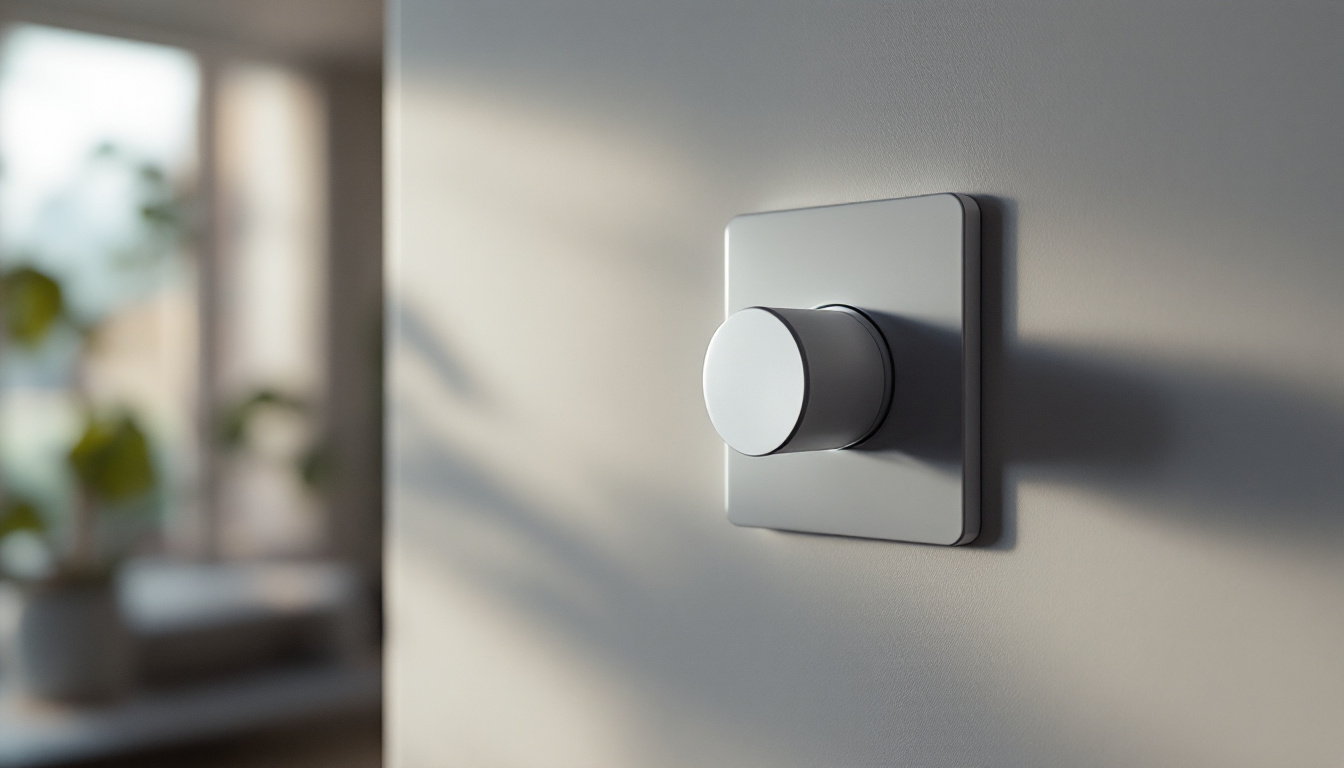
Explore the transformative journey of dimmer technology in the lighting industry, from its early innovations to cutting-edge advancements, and discover how it continues to shape modern illumination solutions..
Get notified when NEW deals are released.
Optimize your budget with wholesale discounts.
Only top-quality, specification-grade lighting products.
No additional costs at checkout - what you see is what you pay.
We understand the unique needs of contractors.